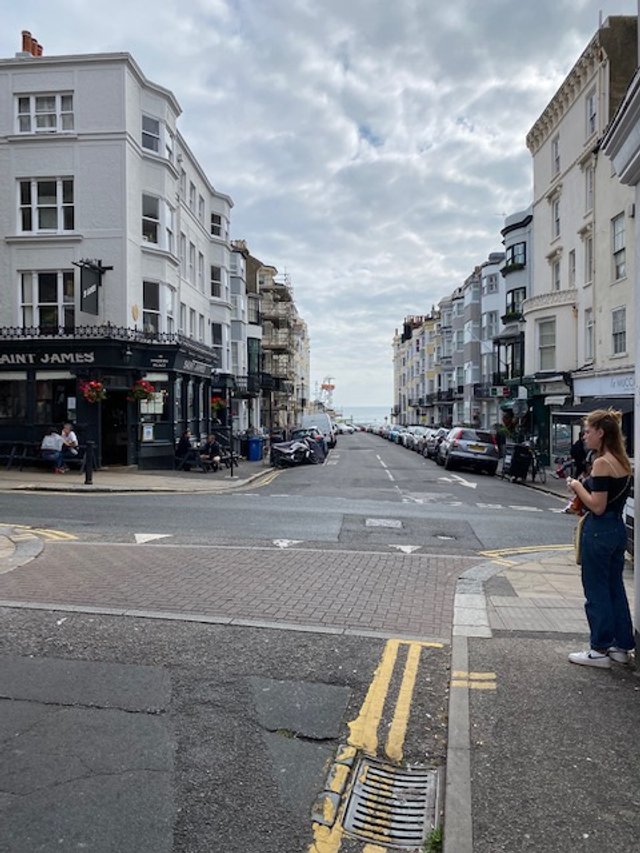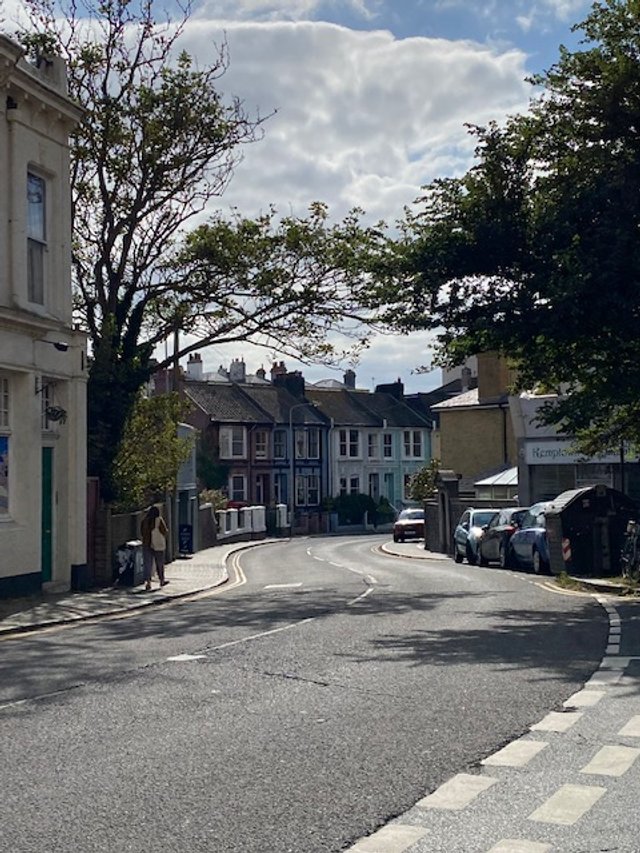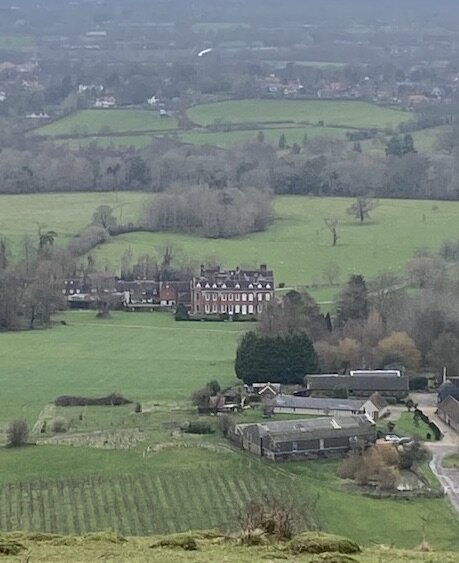Meat Loaf, Tony Mills, Shy, Brian Greenhoff. Rochdale Memories.
Some Rambling Thoughts on the Death of Meatloaf, Tony Mills of Shy and Brian Greenhoff of Manchester Utd
Late 1981 - Driving in the car with my parents and sister listening to Noel Edmonds on Radio 1. Edmonds played Dead Ringer For Love. This was the first time I’d heard it as the single had just been released to the world. Wow! A real swinging rock tune - the drama, the back and forth between him and Cher, the doo-wop coda. Remember; this was the time of synthesisers and New Romantics and so an unabashed rock ‘n’ roll wall of sound of guitars and brass - just blew us all away. It so was good, Noel Edmonds played it again which was practically unheard of on Radio 1.
Mid 80’s - Sixth form. Two LPs dominated the music we played in breaks and lunchtimes - Queen Greatest Hits (there was no volume 1 or 2 in those days, only the original LP up to, but not including, Under Pressure) and Bat Out of Hell. We knew all the words of both albums through ceaseless repetition.
Bat Out of Hell bears repeated plays. Occasionally I remember it and play the familiar tracks for a couple of days and fondly reminisce. Two Out of Three Ain’t Bad, Paradise by the Dashboard Light, You Took the Words Right Out of my Mouth. The title track, of course. I don’t need to tell you how good the LP is. Play it.
Feb 1987 - I saw Meat Loaf at the Brighton Centre as part of his 20/20 World Tour. Great concert, lots of familiar songs, high camp on stage. He was big, he was sweating, his band kicked ass. Meat Loaf was as much an actor as a singer - he always threw himself into performances and Brighton was no different.
He was supported at the Brighton gig by British big haired metallers Shy. Not bad songs but kind of ignored whilst waiting for the main act to come on.
Back at home in Rochdale, I tended bar in the Norden Chimney restaurant bar (called The Highwayman). Not many people would come in - just me, my mates, other members of staff, a karaoke singer at the weekend for entertainment and, bizarrely, ex Man Utd and England footballer Brian Greenhoff. Nights of lager and Limes. Silks Cuts. I played the Yardbirds or REO Speedwagon on the stereo. And into this scene one day walked an exotic Brummie - Tony Mills - lead singer of Shy. He’d moved in with his girlfriend and her parents two doors down to my parents and was looking for a local.
How can I describe Tony? Platinum spiked big hair as was common with rockers in the 80’s. Tight jeans, embroided jacket. Tall, but his hair made him seem bigger. It was as if an ambassador from Planet Rock had just walked in. “Pint of Lowenbrow, Tim” he’d say and have a quiet drink, sometimes with his girlfriend, sometimes not. I recognised him immediately and would prompt him for stories about the rock world and Meat Loaf in particular. Apparently Loaf used to keep an oxygen mask off stage in case he took a turn for the worse out on stage. Tony also said he’d be invited up on the stage to sing Johnny B Goode in the rock n roll medley Meat Loaf finished his set with. Problem was, Tony didn’t know the words!
Tony was in between tours and resting up (in Rochdale of all places). The album they were promoting when supporting Meat Loaf - Excess all Areas (featuring Break Down the Walls and, my favourite, Young Heart) was probably the peak of Shy’s fame. It was a good time.
Into this cosy scene let me introduce Andy, the karaoke ‘singer’ who would, on Friday and Saturday nights, be perched on a bar stool the opposite end of the bar to Greenhoff and entertain the punters with his renditions of Lionel Richie or Diana Ross. He could hold a tune but not much more. He wore a double breasted flecked suit that was, as per the time, somewhat shiny. A few drinks to the worse he’d bemoan his fate: “Rick Astley; talentless fucker! I taught him all he fucking knows. Which isn’t much!” Apparently they were contemporaries on the Northern working men’s circuit. One had a huge hit and the other drank huge Bicardi’s and Cokes from the other side of my bar.
Some good natured banter used to fly around after a few drinks between Andy and Tony. Andy, mike in hand, would challenge the heavy rocker - who apparently was a fucking ‘singer’ - to a sing off. Tony would always demur and stick quietly to his Lowenbrow. He didn’t need to show off.
Not one night though…
I don’t know what it was but Andy’s barbs finally got through to Tony and it was decided that they’d do a karaoke challenge to Lionel Richie’s ballad ‘Hello’ which - in terms of Shy’s output - was pretty incongruous if you come to think about it. I always had a sense of humour! Andy started it off:
“I’ve been alone with you in my mind,” he began “And in my dreams I’ve kissed your lips a thousand times.” He sang the next line and, self satisfied, passed the mike to Tony confident he’d raised the bar too high for this girlie man to compete.
“HELLO, IS IT ME YOU”RE LOOKING FOR?” belted out Tony in full concert voice taking the song and the room to a new level. With just those few words, we were in a presence of rock n roll royalty. I knew it. The room knew it. Greenhoff knew it. Andy knew it. A different class. As the backing track continued, Andy got up off his stool and went and sat at a table among the punters. Rick Astley this wasn’t. He had the humility to realise the difference between an amateur and professional. This being Rochdale, this being the 1980s and this being my story, they made up later and duetted together on some MOR classic.
I’ve seen class up close only a few times but two of them were in Rochdale. Lisa Stansfield in my school musical. And Tony Mills, blowing all away in the late 80’s.
Happy Days.
R.I.P Meat Loaf
R.I.P. Brian Greenhoff
And, sadly, too young, R.I.P. Tony Mills - slayer of mediocre singers, drinker of Lowenbrow and unlikely Lionel Richie interpreter.






































